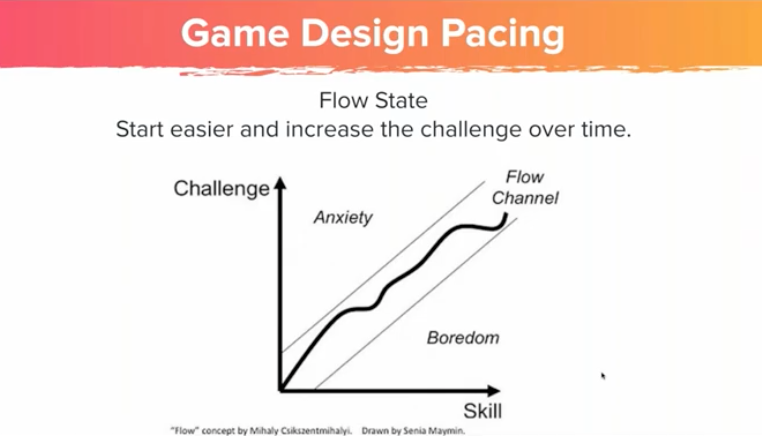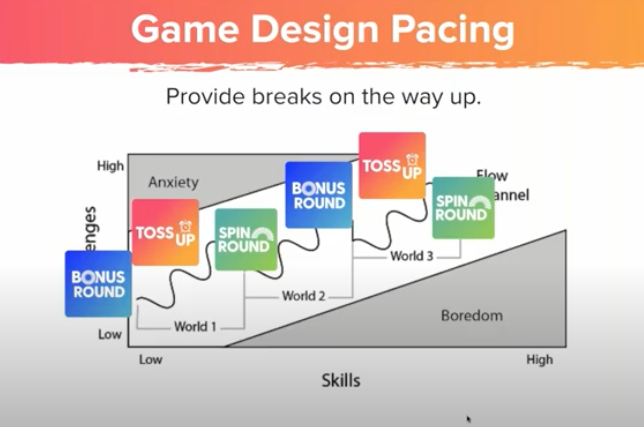Wheel of Fortune® is a well-known and beloved game show. And now it’s available in the Training Arcade®!
In this webinar, we gave a quick overview of how the Wheel of Fortune game works in The Training Arcade and then shared some game design tips and tricks.
Wheel of Fortune for Training
Our officially licensed for training purposes version of Wheel of Fortune includes three rounds:
-
Spin Round
Spin the wheel and guess letters. There’s also a solve bonus for those who know the answer right away and don’t want to keep spinning. -
Toss Up
This is a timed round where the letters appear one by one and you try to solve the puzzle before the time runs out. -
Bonus Round
Just like the game show, the player is given a few letters to start with. These letters can be customized, although the default is RSTLNE, just like the show
You can match each round to a different learning objective. The game is very simple to build. Just type in your puzzle text and the game will fit the words onto the board. You can choose how many consonants and vowels players are allowed to guess and customize when the bonus round appears in the game.
Game Design Tips and Tricks for Learning Games
While putting your content into the game back end is very easy, there are some game design best practices to keep in mind. The three game modes in Wheel of Fortune are each suited to particular types of learning needs.
For example, the Toss Up mode is great for challenging learners, reviewing content, and assessing their knowledge.
The Spin Round is a good way to introduce a new topic, provide a light brain break, or review already taught concepts.
Finally, the Bonus Round is the perfect opportunity to review material and assess knowledge retention.
Game Design 101
When designing games, you want to keep learners in a state of flow: acting on intuition and instinct. Games should be easy to follow and understand. Your learners don’t want to sit down and read a manual before they start playing your game.

But you also want to keep them feeling challenged and just slightly out of their comfort zone so they stay engaged. The game should ebb and flow between challenges and breaks as learners advance.
Here’s an example of how the 3 types of game modes in Wheel of Fortune can be organized to achieve an ideal game pacing:

Why is Wheel of Fortune So Fun?
It’s all in the game design! Wheel of Fortune is designed very deliberately to engage players.
- The random spin feature in the Spin Round dives the engagement and the risk/reward choice on each turn.
- As earnings rack up, pressure builds on players to reassess their mine/solve strategy. Humans are very loss averse!
- The perception that success is within reach adds additional dopamine to each end round state.
Now, while these features drive engagement, they are difficult to assess for knowledge due to the randomness of the game.
It’s important to remember that while assessment is necessary for determining information retention, it’s not where the learning happens. Learning happens through trial and error, play and practice. Games are a great way to provide a safe place to fail.
Therefore, when designing the Spin Round, in particular, don’t focus so much on using it for assessment. Let it be a fun exercise for the learners.
The Spin Round is a great way to introduce a topic and build a positive association with that content in the learners’ minds.
However, if you do want to assess knowledge retention, the Toss Up and Bonus Rounds are there for you.
Watch the webinar recording to hear the learning game design tips for the Toss Up and Bonus Rounds in Wheel of Fortune.
Ready to build your Wheel of Fortune training game? Sign up for a free trial of The Training Arcade today!








